Los Angeles is refracted in all its irreducible, unexplainable glory in âDear Los Angelesâ
Even â and perhaps especially â for those of us who live in Los Angeles, it can be difficult to find a vantage point from which to view this strange and sundry city objectively, comprehensively. Fog and smog obscure, traffic congests, buildings dominate the skyline, mountains jut up out of nowhere, neighborhoods extend beyond the horizon â so much unseen, leaving our explanations of our city incomplete, incalculable, incompatible. Weâre left to wonder what this place is exactlyâŚ
Is L.A., as Aldous Huxley wrote, âthe place of virtualities, where absolutely anything might happenâ? Or is it, as Willa Cather thought, âthe most horrible, unreal place in the worldâ? Is it Harriet Harperâs âgarden spot of Americaâ or John Gielgudâs âhorror of ugliness, flat as your hand and crawling with carsâ?
âI try to rationalize this whole country, and excuse it,â Eric Knight wrote of Los Angeles in 1934, but what âDear Los Angeles: The City in Diaries and Letters 1542 to 2018â shows us is that L.A. is a place that canât be rationalized, explained or excused. âThe impossible city,â claimed Italo Calvino, lovingly.
Itâs too expansive, too extraordinary, too inconceivable, too multifarious â simultaneously Harperâs garden, Gielgudâs horror and infinite other brittle impressions that gain strength and precision only through their collective communion. The city is a blackbird that must be looked at in even more than Wallace Stevensâ 13 ways â or perhaps itâs a different beast entirely, âa mountain lion we only glimpse in shutter-quick flashes,â as David Kipen, the bookâs editor, writes in his preface.
âDear Los Angelesâ follows in the footsteps of the Modern Libraryâs âNew York Diariesâ (2012), a similarly massive collage of literary morsels focused on New York City, L.A.âs snooty older sibling. Kipenâs new compendium collects fragmentary views of Los Angeles, from nearly 500 years of letters and diaries, turning the City of Angels into a city of angles, glimpses, shards of perception, like a million little slivers of a broken mirror, all reflecting different images of our disparate city back to us.
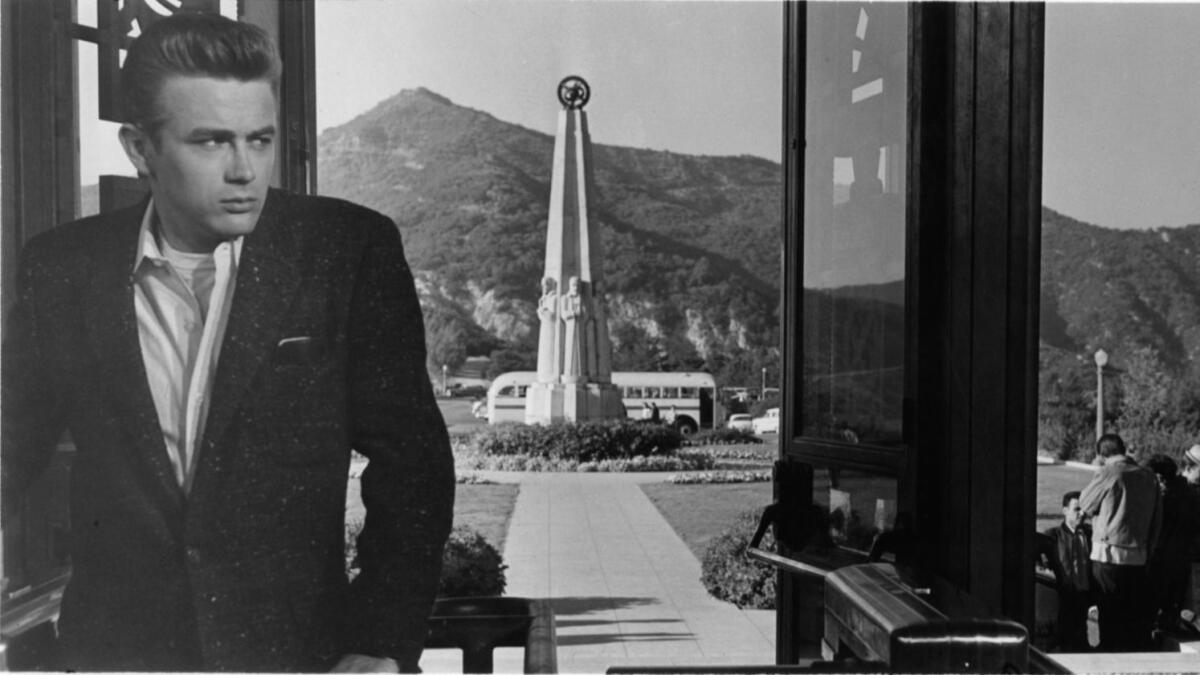
In its whorl of historical scraps, we witness Alistair Cooke describing Bobby Kennedyâs corpse on the floor of the Ambassador Hotel, Philip K. Dick calling Disneyland âthe last sane place,â John Lennon apologizing to Pam Grier for getting her kicked out of a Smothers Brothers show, Groucho Marx thanking Peter Lorre for sending him Stuart Gilbertâs study of James Joyceâs âUlysses,â Octavia E. Butler acknowledging her âfear of people and worms,â James Dean declaring âI WANT TO DIE,â Christopher Isherwood admitting his fancy for reading Lord Byronâs letters on the toilet (particularly during defecations) and Carey McWilliams jotting down an idea for a potential project: âDo a group of stories about Los Angelesians in the manner of Joyceâs âDubliners.ââ
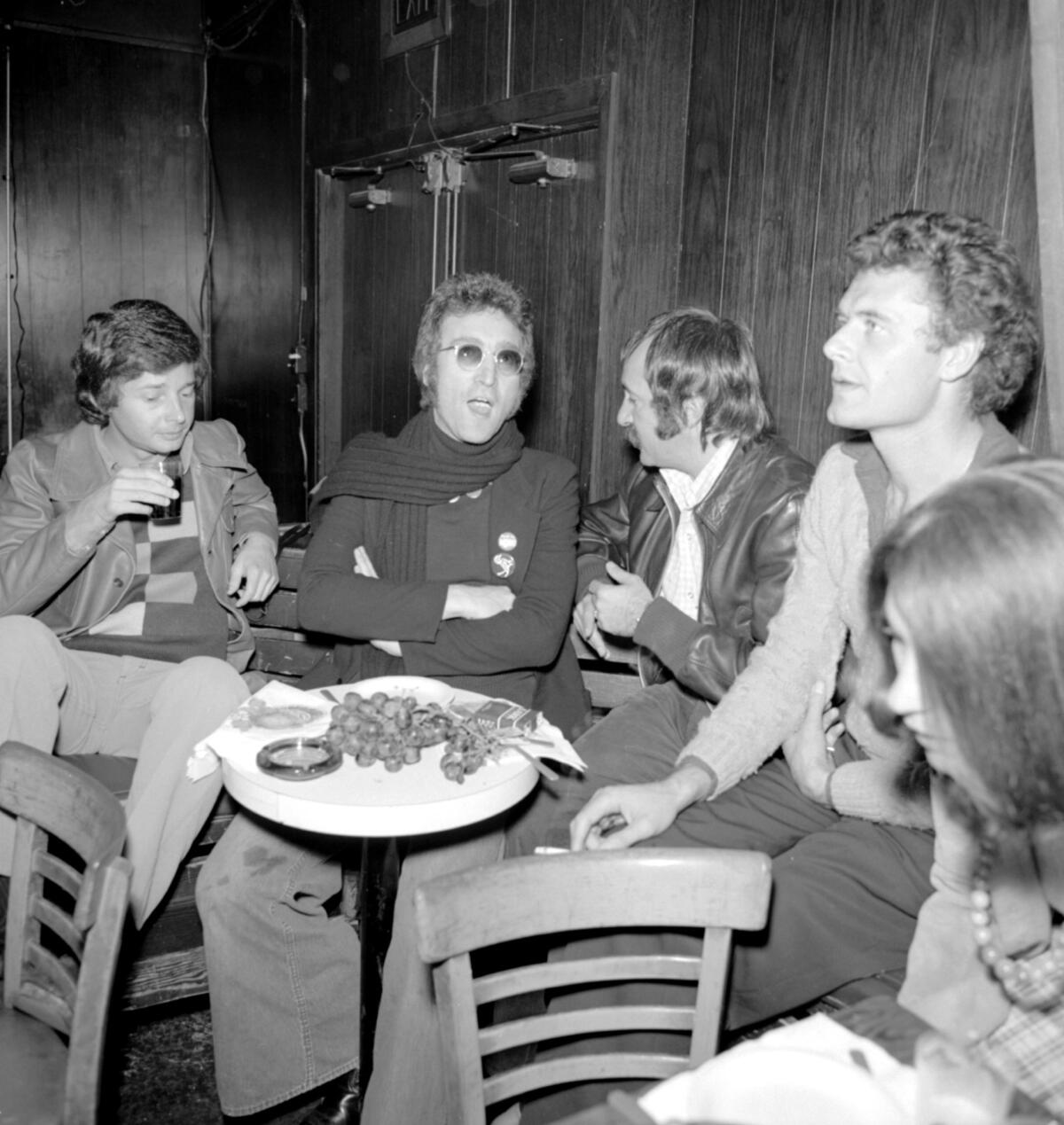
There are repetitions and reverberations throughout. Some of the dramatis personae show up regularly, including Isherwood and Butler; also AnaĂŻs Nin and Dalton Trumbo, Aoki Hisa and Tennessee Williams, Charles Brackett and M.F.K. Fisher. They wander in and out of the room like indifferent lovers.
Sometimes certain images and ideas one writer brings up will resurface in the words of another of the cityâs denizens. In one passage, John Fowles writes, âThe night view is very beautiful, a spill of jewels glittering in limpid air.â Pages later (though written years before), we see Eleanor Roosevelt echoing Fowlesâ shimmering impression: âBut the most impressive time to fly in to Los Angeles is at night, when all the lights are on and the city lies below you like a multi-colored heap of jewels.â
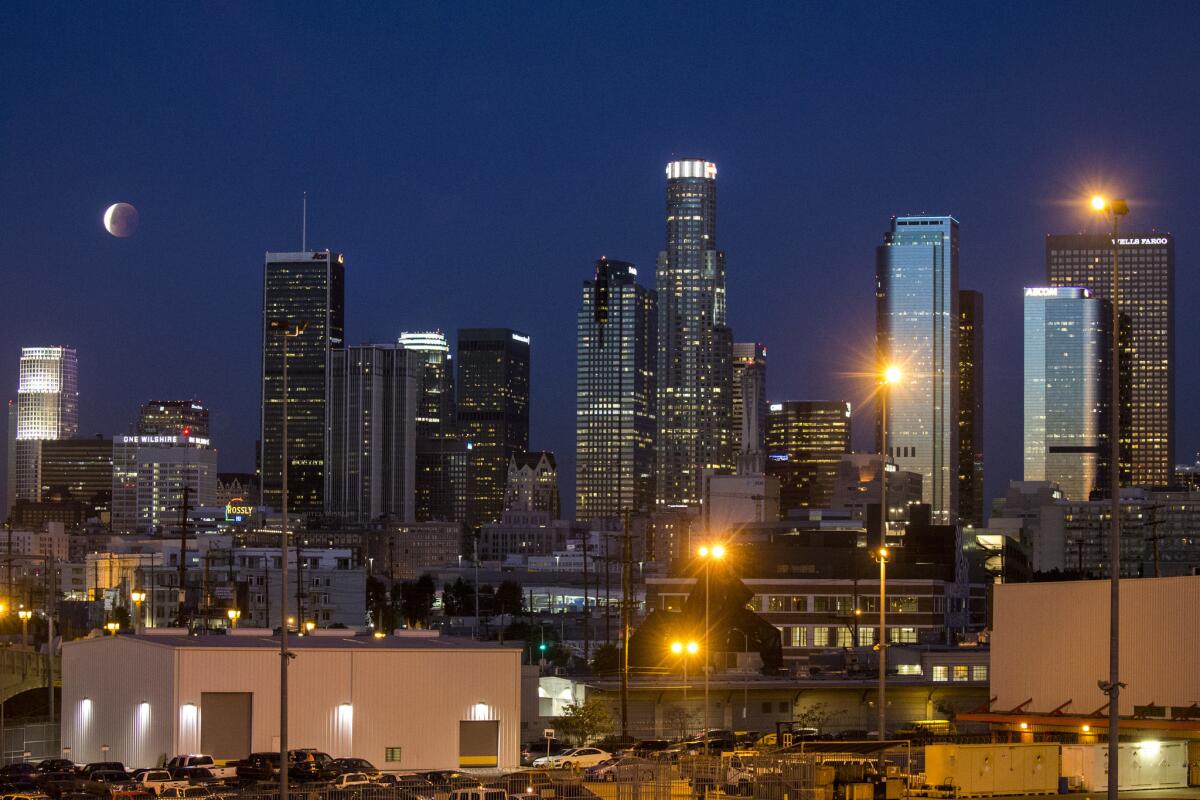
A number of the fragments in âDear Los Angelesâ are master classes in micro-storytelling. For example, this perfect John Cheever vignette: âI never found the tar-pits in Los Angeles, but I had a dish of Spam with raisin sauce at the Thrifty Drug Store.â Elsewhere, the following poetic premonition from Malcolm Lowry: âThe tree outside is sad. It will die, I think.â
All these bits and pieces were plucked from their diarial and epistolary sources, according to Kipen, âbecause they told [him] something about [his] city.â Though many of the entries offer riveting views of and perspectives on Los Angeles, the juxtapositions sometimes feel less meaningful, determined mostly by the impediments of the bookâs idiosyncratic formal conceit.
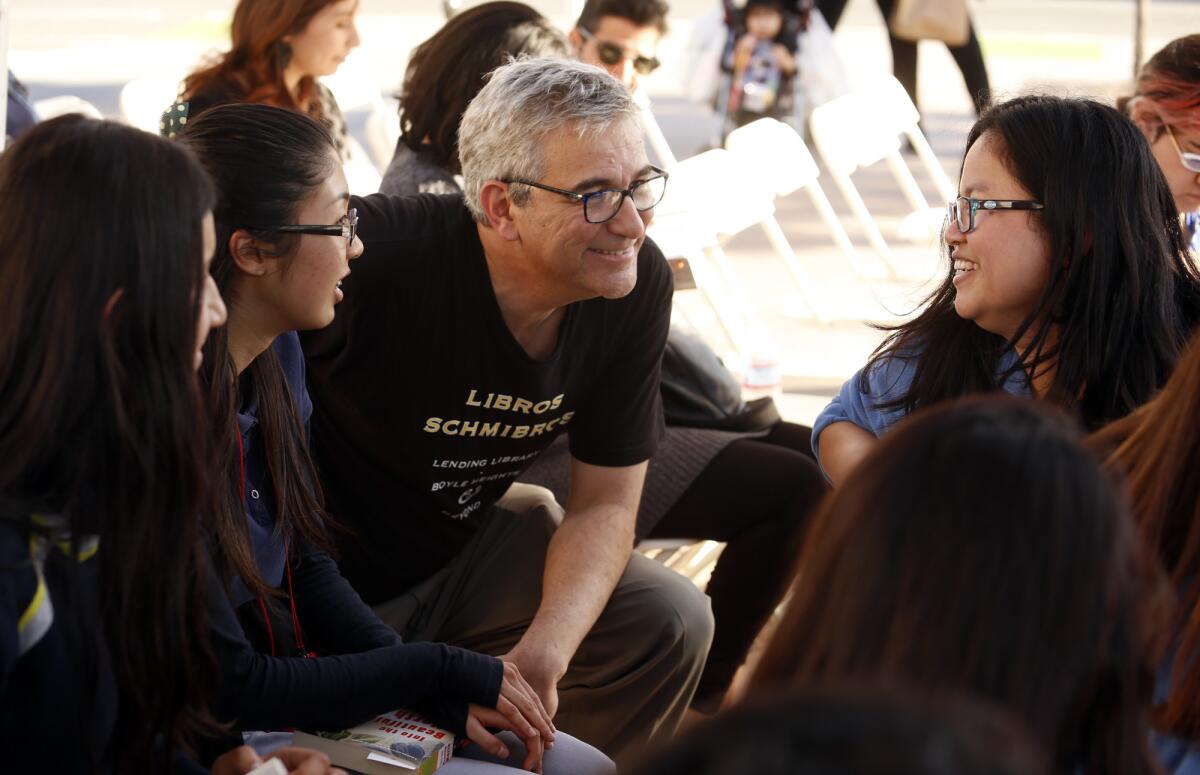
Borrowing its structure from its New York predecessor, the book is separated into calendar dates, starting with Jan. 1 and ending on the last day of December. Each date has excerpts across that 500-year span. For Jan. 1, we encounter an 1853 fragment from Judge Benjamin Hayes, jump to 1923 to meet Sister Aimee Semple McPherson, skip to 1934 for a few sentences from G. McGrama, then sample some lines from Isherwood in 1941 and end with a bit from Aaron Paley in 1985 â only to lurch back to 1848 in the first fragment of the next calendar day, Jan. 2.
Kipen, one of The Timesâ critics at large, argues that the calendar arrangement offered him the best method to organize this cacophony of metropolitan madness: âOne step forward, two centuries back â the perennial, quixotic spectacle of L.A. forever finding fresh mistakes to make.â
While I disagreed with him on this point at first blush, the calendar format won me over by around mid-May (not quite halfway through the book). A year is a cycle, one revolution, made up of 365 or 366 minor revolutions. Thus, the book is set up to highlight these concentric circles of culture, hundreds of years sharing a single circadian rhythm. They rotate together, through each date, and through the calendar year â decades, centuries, turning in unison day by day through the seasons. (As though Los Angeles has seasons.)
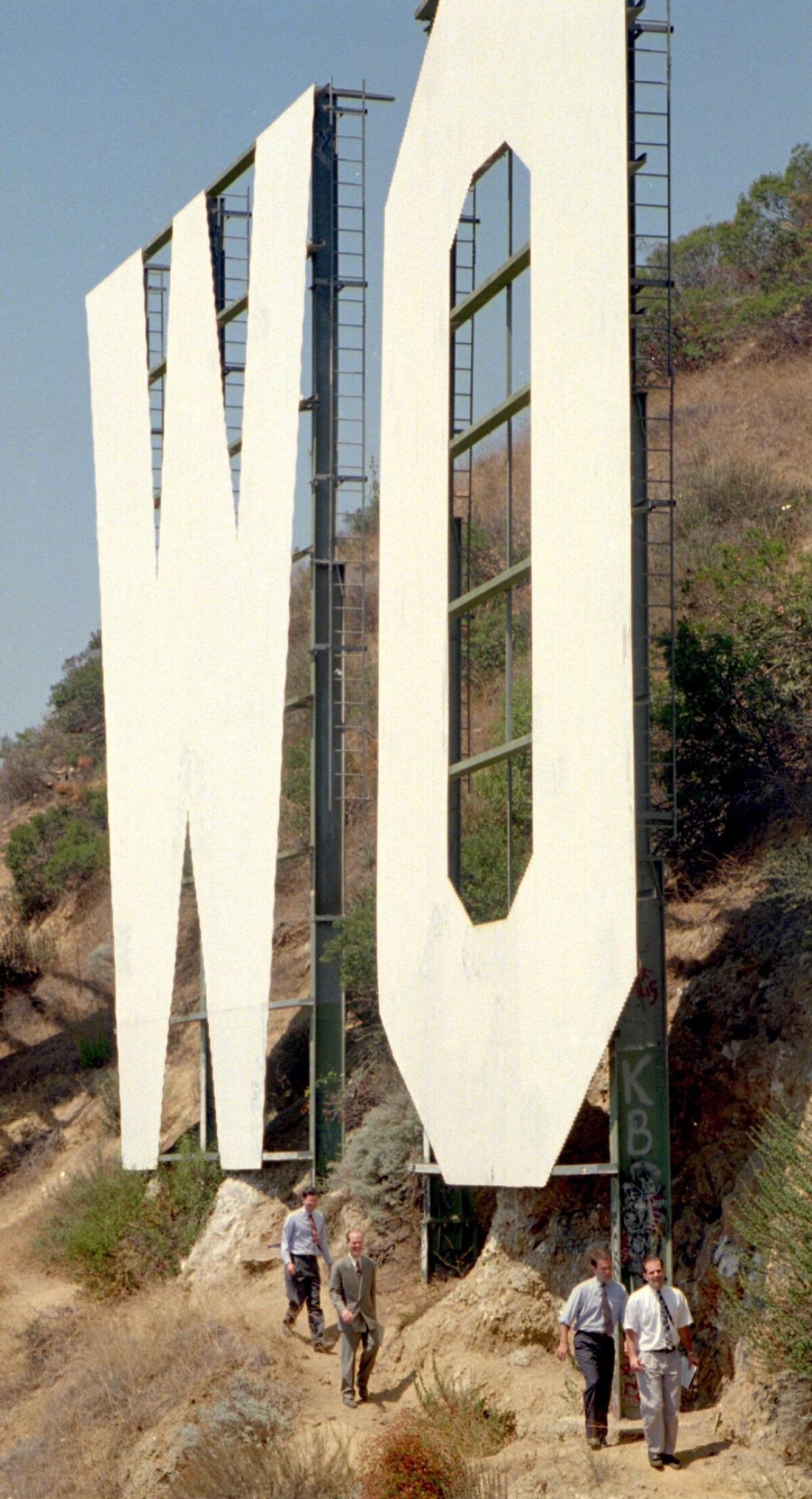
As I let the fragments wash over me like frothy waves at the Santa Monica shore, I began to realize that maybe, in its own way, this was McWilliamsâ idea come to fruition: a âDublinersâ of Angelenos â or perhaps itâs Robert Altmanâs film âShort Cuts,â a story cycle of Los Angeles residents, told in the form of one of those fragmentary novels from David Marksonâs final quartet.
William Faulkner certainly couldnât sound any more Marksonian than he does here: âI have considerable talent, perhaps as good as any coeval. But I am 46 now. So what I will mean soon by âhaveâ is âhad.ââ
In his preface, Kipen describes his book as âa collective self-portrait of Los Angeles when it thought nobody was looking.â There is much to be gleaned from scrutinizing the style of the portraiture. âDear Los Angelesâ is notably not a panorama, a cityscape in extreme long shot, the whole of the sprawling metropolis framed in wide angle; itâs a series of snapshots, fast cuts, shutter-quick flashes, slides swiftly clicking by in a projector.
Even if one snapshot doesnât seem particularly enlightening, each gains iridescence by rubbing shoulders with the rest in the calendrical procession of partial portraits. To borrow some words from one of Eric Knightâs contributions to the book: âI know that out of all this hodge-podge there must come something.â
The something that emerges is intangible, irreducible, unexplainable, but it is there, like a ghost, a memory, lingering. The something that emerges is the impossible city itself â or at least its trace, which begins to grow clearer as we read âDear Los Angeles.â Yet it always, inevitably remains just out of reach: the haze on the horizon â a city perpetually disappearing, disappeared.
Malone is a writer based in Southern California. He is the founder and editor in chief of the Scofield. His work has appeared in Laphamâs Quarterly, Literary Hub and the L.A. Review of Books.
âDear Los Angeles: The City in Diaries and Letters, 1542 to 2018â
David Kipen, editor
Modern Library: 576 pp., $26
More to Read
Sign up for our Book Club newsletter
Get the latest news, events and more from the Los Angeles Times Book Club, and help us get L.A. reading and talking.
You may occasionally receive promotional content from the Los Angeles Times.









